The Forest Can Thrive and Protect Our Communities if We Care for It and Allow It To
By Devon Suarez, President, Suarez Forestry LLC, and member of HECHO’s Hispanic Conservation Leadership Council .
The forest has always been an essential part of my life. In my family, we have generations of farmers and ranchers in central Mexico, as well as a few generations of loggers in Arizona. I still remember those days as a young boy, spending time in the forest and learning about forestry from my father and grandfather.
Coming from a traditional Mexican family that immigrated to the United States for a better life and opportunities, education was my chance to pursue a different path from that of my father and grandfather.
Initially, I did not plan to follow in my family's footsteps. I attended Arizona State University and graduated with a bachelor's degree in political science, followed by earning a law degree. However, despite the twists and turns along the way, working in forestry felt like my true destiny. It became both my calling and my passion.
Besides having the unique opportunity of learning about the forestry business from my family, while still in college, I started working in the timber department of the Forest Service. During this time, I found out about the Four Forest Restoration Initiative Contract (4FRI), which emphasizes the importance of restoring forest ecosystems in Arizona by supporting natural fire regimes, increasing native plant populations, and promoting sustainable forest industries.
I became very interested in this collaborative effort and decided to start our own logging company Suarez Forestry LLC. My parents and grandparents supported me unconditionally. This family-run business has allowed us to work together and share our commitment to maintaining the health of the land we care deeply about. Conservation is at the heart of what we do.
I grew up in Heber-Overgaard and witnessed the devastation caused by two massive wildfires: the Rodeo-Chediski Fire in 2002, which burned 470,000 acres in east-central Arizona, and the Wallow Fire in 2011, which consumed nearly 538,000 acres in eastern Arizona. Experiencing the destruction from these wildfires has only reinforced my belief in the critical role of effective forest management to mitigate the severity of future fires.
There are two types of wildfires: naturally caused wildfires, such as those ignited by lightning strikes, and human-caused wildfires. Naturally caused wildfires are a natural part of the ecosystem; we cannot prevent them, nor should we, as they play a role in nature's self-cleaning process. However, about 85% of the wildfires in the United States are caused by human activity.
Our forests have been degraded, leading to overgrown areas filled with unhealthy trees that fuel wildfires. While climate change is not the direct cause of wildfires, it does contribute to hotter temperatures and severe, prolonged droughts, which increase the intensity of wildfires, making them easier to spread and more catastrophic. As a result, it takes significantly more resources and effort to control these fires than it did in the past.
To address this pressing issue, we need to take care of our forests. We should promote the growth of mature, defensive trees that can naturally withstand fires, rather than allowing an overabundance of small-diameter trees, which make wildfires more intense and frequent.
Our company is contracted by agencies such as the Forest Service, the Arizona Department of Forestry and Fire Management, and various non-governmental organizations, including environmental groups, to conduct forest restoration and thinning. This involves removing small-diameter trees that are overstocked in the forest, which can serve as fuel for wildfires.
While many people may not realize it, forests are critically important to everyone and everything. Forest health significantly impacts our lives, influencing the air we breathe, the quality and quantity of the water we drink, and our ability to practice land-based traditions.
Wildfires have serious effects on watersheds. When soils are burned too hot, they lose their ability to absorb water. The reduction in biomass complicates the control of water flow during rain events or storms, which greatly increases the risk of flooding, as seen in Flagstaff after the Museum Fire and the Pipeline Fire.
Additionally, wildfires can lead to water pollution, with ashes and debris flowing into reservoirs and vital waterways that provide drinking water to our communities. The loss and damage caused by wildfires, along with the high costs of filtering polluted water for public consumption, highlight the urgent need to prioritize a proactive forest management and proper funding for immediate action.
I encourage our communities to come together and advocate for forest health and forest restoration. There is too much at stake.
The forest can thrive and protect our communities if we care for it and allow it to.







